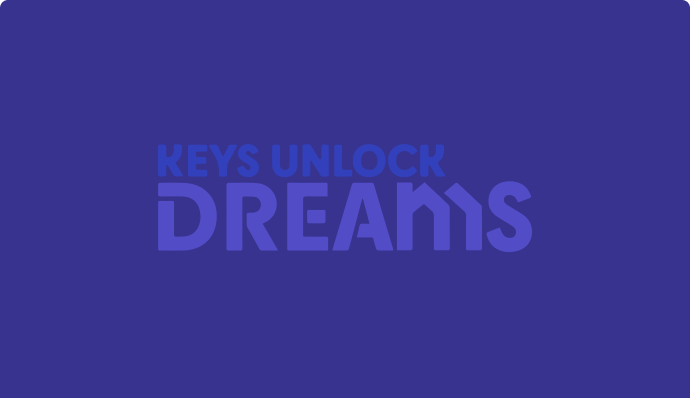The 30 percentage-point homeownership gap between Black and white households is wider today than it was in 1960, when explicit housing discrimination was still legal. Applicants of color experience higher mortgage denial rates than white applicants, which helps sustain the gap.
Lenders often attribute this disparity to the poorer average credit characteristics of applicants of color rather than to the consequences of discrimination.
This perspective overlooks the fact that racial disparities pervade the credit indicators that drive lending outcomes. The three Cs that determine mortgage access—credit, collateral, and capacity—reflect the results of a long history of racial discrimination in US public and private institutions. Thus, relying on these lending criteria reinforces disparities that discrimination created, though the metrics don’t explicitly include race.
Unjust practices created an architecture of wealth extraction from communities of color and produced racial gaps in lending that will persist absent intervention. Closing the racial homeownership gap will require more than eradicating discriminatory lending practices; it will require removing systemic racism from mortgage underwriting.
Read the full article at The Urban Institute.
